Updated November 19, 2024 Recently, we considered how the increasing adoption of reusable temporary construction walls for the containment of waste and debris is helping to reshape the industry's sustainability landscape. Particularly among industry-leading solutions providers, the impact is measurable and tangible.
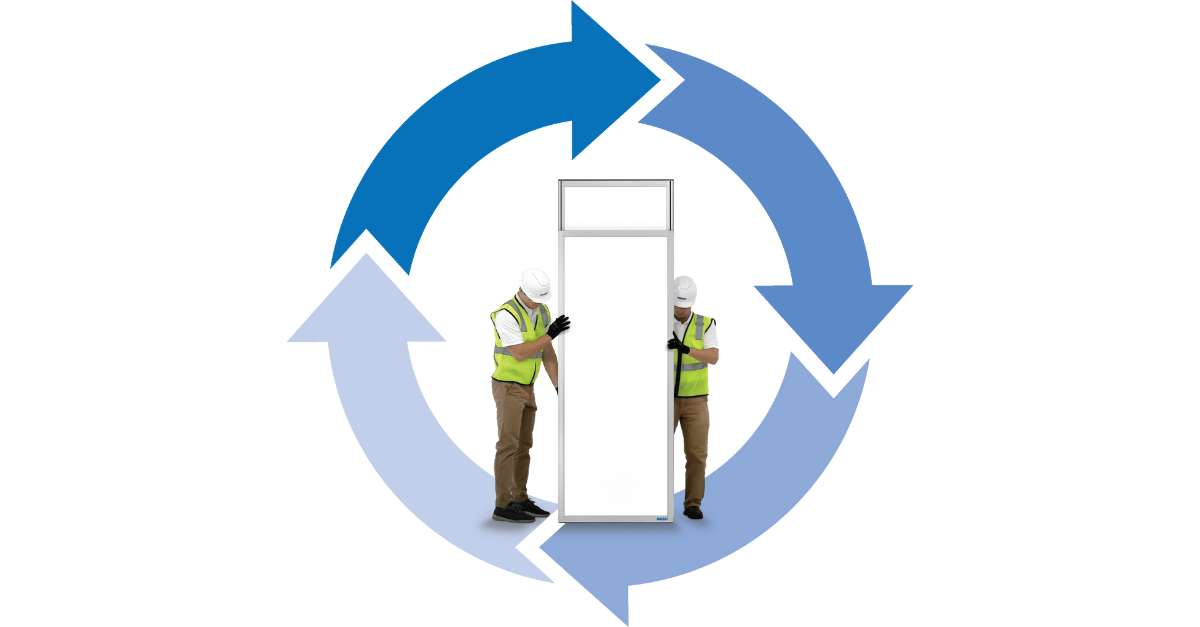
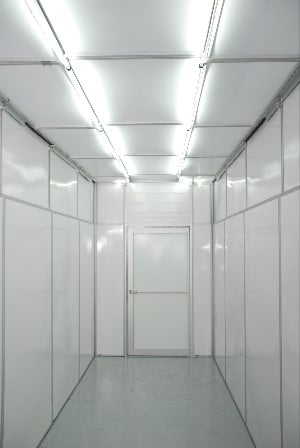
3 Ways Lightweight Dust Barrier Ceilings Keep You Covered
The growing adoption of temporary reusable construction walls suggests the market is embracing the value that high-quality modular wall systems deliver to jobsites. Ease-of-use, versatility, and durability—at least among the industry-leading solutions—make these systems a go-to choice among those who understand their long-term ...
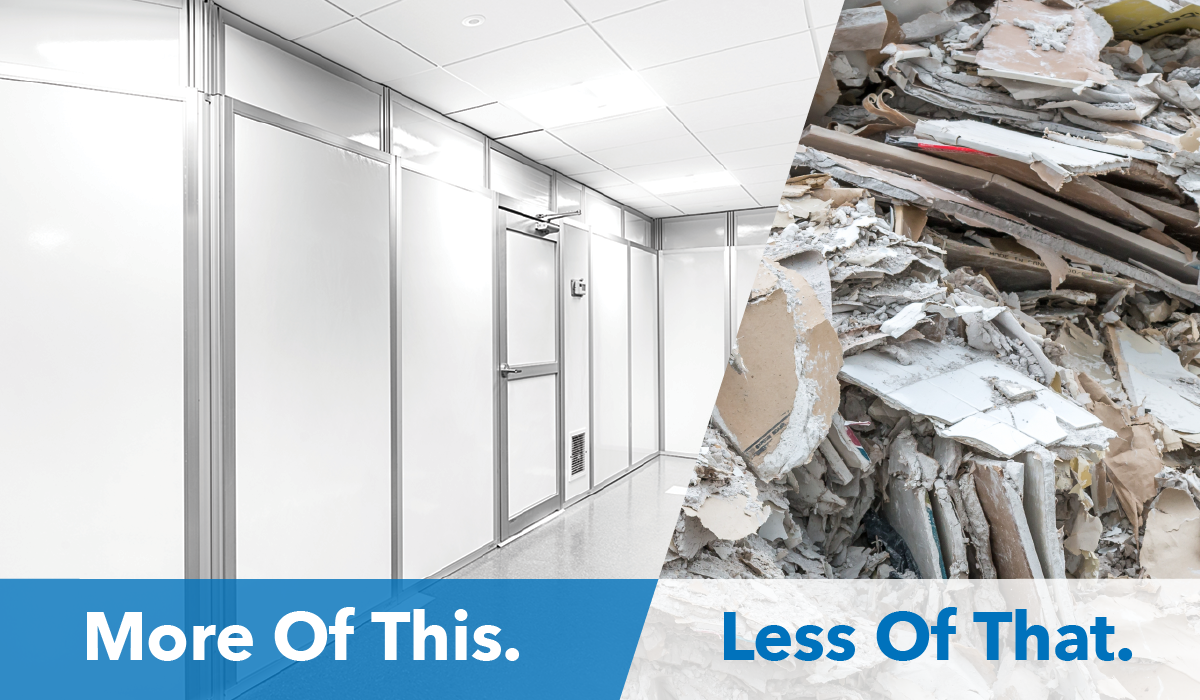
Cleaner & Greener: How Temporary Wall Systems Advance Sustainability
STARC’s impact to date? Over 160,000 yd3 of single-use drywall waste saved… and counting Updated October 17, 2024 In today's construction industry, sustainability is paramount. Traditional methods—characterized by high waste, significant carbon emissions, and excessive resource consumption—pose considerable environmental ...
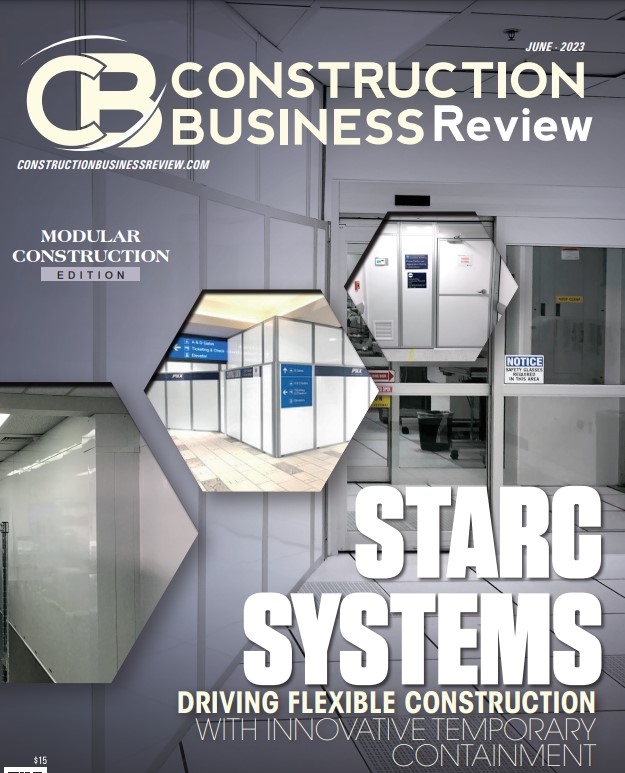
STARC Honored by Modular Construction Products Provider Award
Winner of the 2023 Award for Modular Construction Products Provider, STARC Systems takes pride in creating safe and secure working environments for clients with solutions that offer an added level of security for renovation projects. STARC's product line is distinguished by performance, functionality, and reusability, making ...

ASK THE ENGINEER: Your Top 5 Door Questions Answered
Built to be the most durable on the market, our doors are engineered to provide years of reuse. They feature the same rugged, 3-layer construction as our RealWall™ panels, with a clean, white-painted aluminum front that faces the occupied area, a sound attenuating foam core that reduces renovation noise by up to 50%, and a ...

7 Ways to Reduce Downtime With Temporary Construction Walls
Updated May 30, 2024 The longer a construction project takes, the more it costs to complete. While big jobs take time, there are ways to decrease your downtime and increase profitability significantly. One easy way to make this happen is to leverage temporary construction walls.
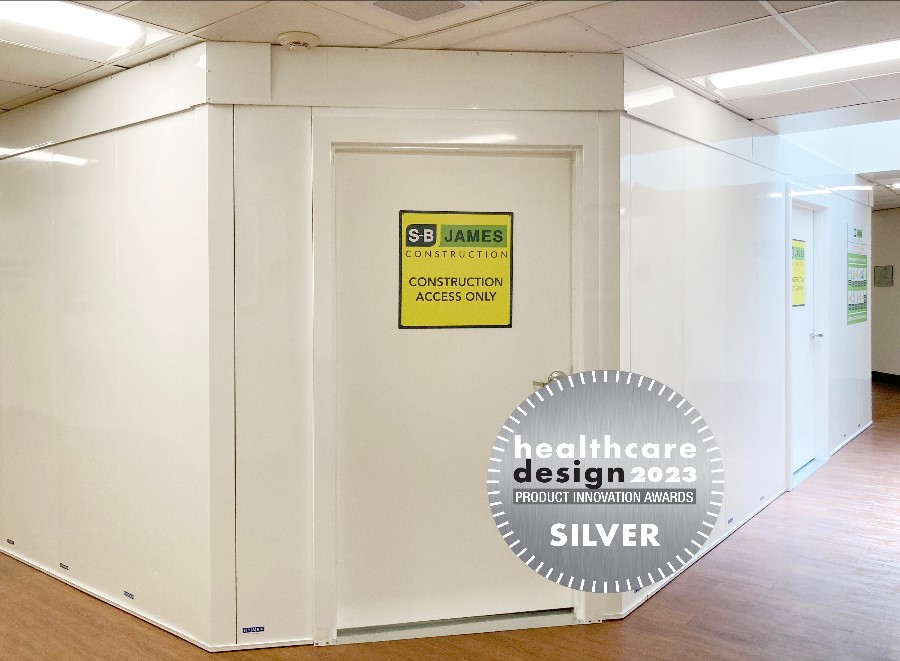
STARC Wins Healthcare Design 2023 Product Innovation Award
When it comes to healthcare, safety is always a top priority. That's why STARC's FireblockWall™ is such a game-changer. As the ONLY one-hour fire-rated alternative to drywall for use in healthcare renovations, FireblockWall recently won Healthcare Design’s 2023 Silver Product Innovation Award.
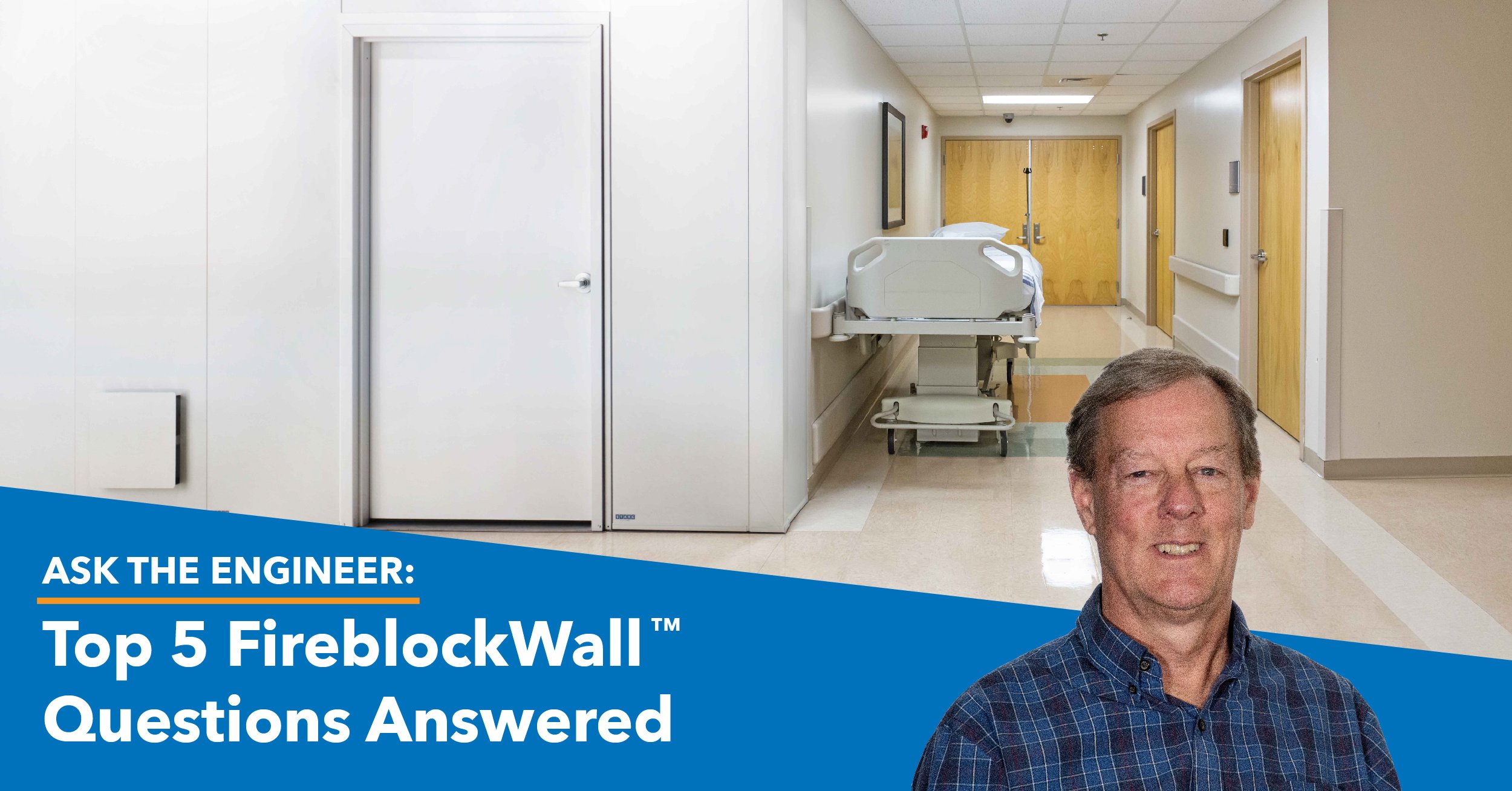
Top 5 Customer Questions About the FireblockWall Temporary Wall System
Updated October 7, 2024 When we launched FireblockWall™ in 2021, customers were excited to finally have a reusable one-hour fire-rated temporary wall system. As the first and only solution of its kind, FireblockWall has set a new standard for temporary construction walls in the construction industry.

Water Management For Construction and Renovation
A topic of interest for safety officers, facility managers and infection preventionists is water safety in healthcare. There are routine aspects of water safety that are addressed in each facility’s required water management plan. The CDC has a Healthcare Facility Water Management Program Checklist that goes over the basics. ...
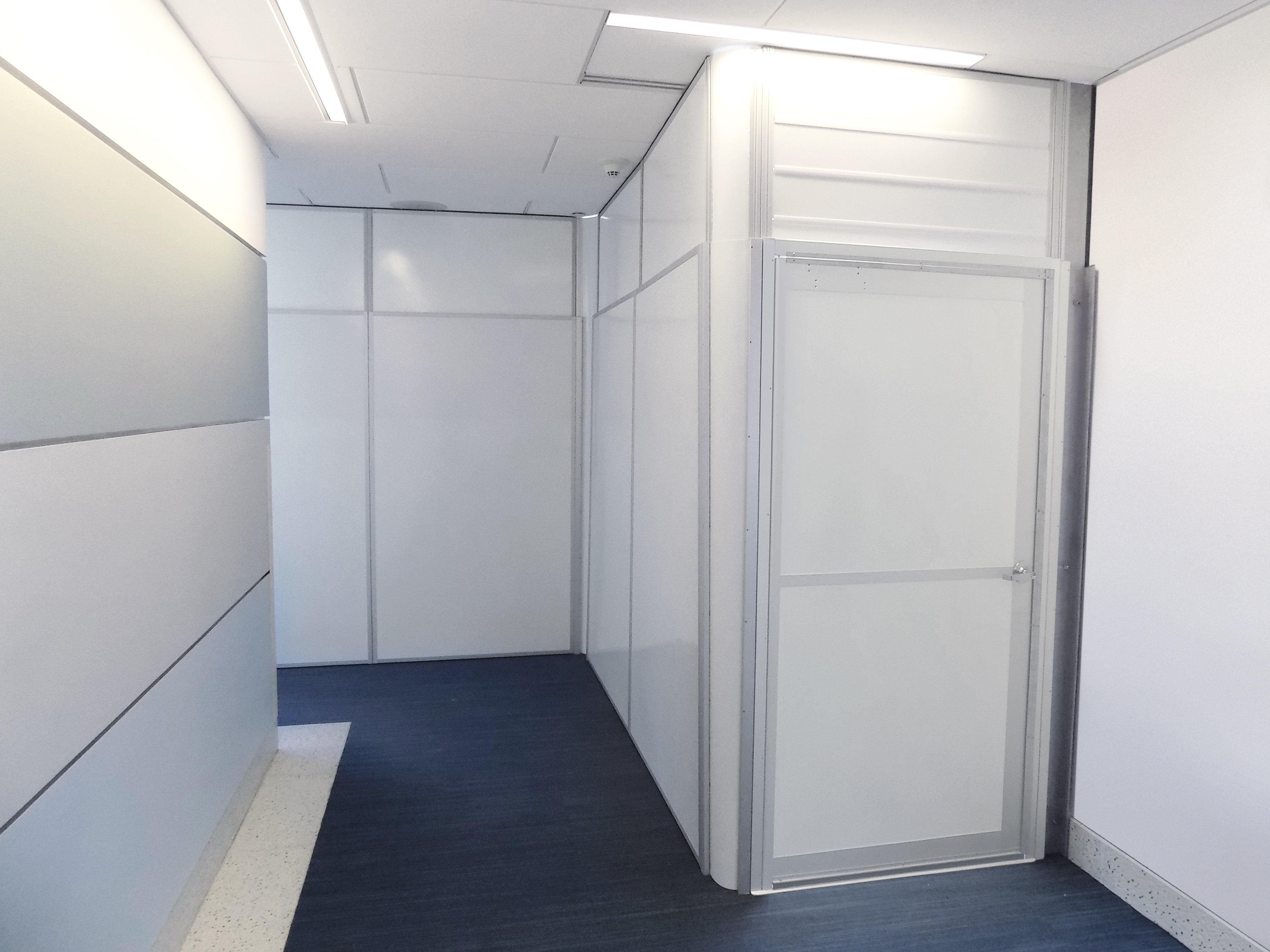
Accessories That Help Create the Perfect Fit
If you’re new to modular containment, you may have concerns about the panels not matching up perfectly. It’s a valid point, and the way a manufacturer chooses to address it tells you everything you need to know about the quality of the system you’re evaluating for purchase – especially if you usually work in sensitive areas, ...
